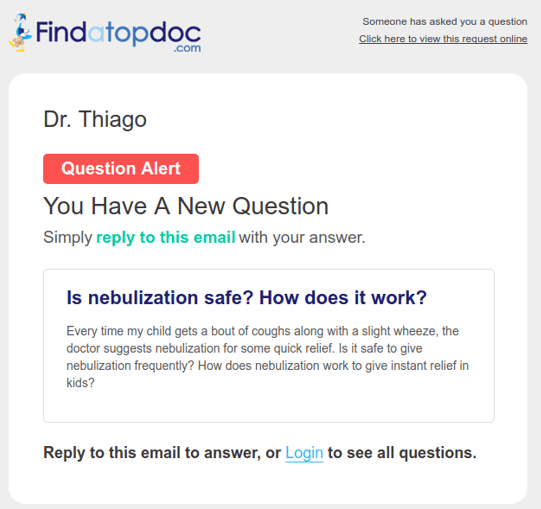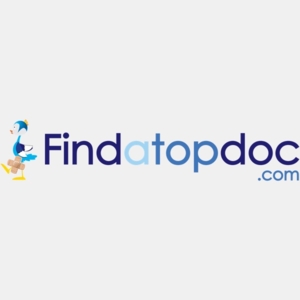How to innovate digitally with your magazine publication
By: Peter Keung | February 21, 2018 | Business solutions and Native Advertising
Whether you're a B2B publication such as Habitat Magazine or a B2C publication such as The Christian Science Monitor, you've likely been facing challenges around advertising, the erosion of print dollars, and intense competition for reader attention (both in print and digital) for years. To stay competitive and be able to thrive, you need to innovate digitally. Carol Ott, Publisher and Editor-in-Chief of Habitat Magazine, states that "without digital, we would no longer be in business". Is your digital platform and website enabling or hindering you?
Required: a solid digital foundation
A solid digital foundation enables you to focus on good content and experiment with new features. Consider these questions:
- Can your content management system tie together and integrate with all of the third-party systems you use?
- Can you easily create new content types on your site, especially multimedia content types?
- Does your CMS have a granular permissions system so that you can build user tiers and upsell opportunities?
- Can you make quick changes and experiments on your site?
- Can you syndicate to many different channels, including newsletters and beyond?
- Does your CMS support editorial workflows that map naturally to your actual workflows, both with internal users and sponsors?
- Can you measure your results?
- Do you know your users, whether that's with analytics, marketing automation, or basic and advanced user data?
If you're stuck in a situation where it takes weeks and costs a prohibitive amount of money to make simple changes to your website, then you should consider investing in a proper digital foundation. Then, you can build on it to innovate.
The other key foundation: readers trust you!
According to Magazines Canada, "magazine media brands offer the highest levels of trust aside from friend or family recommendations". If you've spent decades immersed in a particular subject, you've earned your readers' trust, and even if you're newer to your vertical, you're likely engaged in a social contract to inform, educate, and entertain your readers. With digital, you can focus on getting existing and new readers to your website, creating useful new content that can be monetized, and perhaps branching out beyond traditional publishing.
Create a better user experience
You know your audiences best and you want to respect their time and attention.
But do you really know who your audience is online? Do you have a tight integration between the website, your user entitlement database, and print fulfillment? Even if you succeed in driving traffic to your website, what good is that if you don't have the right web forms to capture their information and they hit a dead end at "please call us to subscribe"?
As you dive deeper into who your online audience is, this can be as complex as using a Customer Data Platform and advanced tracking tools, but it can be as simple as asking your audience for information about who they are and what they like. You can then use information about the current user to display and deliver content that is relevant to them, based on content tags or automated personalization engines.
With digital technology you can also make it easier for readers to consume your content and to contribute content. As an example, you could create an e-mail system that prompts users to contribute content by simply replying to an e-mail, rather than making them log in to your site:
If you've already had some digital success, specifically with your website, you might be a gathering place for your users. Certainly your website is more of a hub than your advertisers' sites. But the rise of social media means that with shortening digital attention spans and new social media "hubs" to take up people's time, it can be more challenging to get readers to spend more time on your site. Social media channels such as Facebook have network effects that you likely cannot replicate, but you can take on the challenge of making your site more engaging; you can also carve out compelling communities within the social media channels that drive readers back to your site and that drive subscriptions.
Create better content
Publishers are very protective of editorial integrity. However, if you choose to go the native advertising route, think of the content as more than just "the new display ad". You can still find ways to get useful content from advertisers, but make the connection to the advertiser more subtle, such as being an expert speaker in a video without specifically advertising any of their products.
Videos, podcasts, and other multimedia open up additional opportunities for branded series to keep readers coming back. This takes time and money to produce, even if you can leverage others to help produce content. But you can make the most of the content you already have by packaging content in different ways beyond set categories on your site. A flexible tagging system in your digital platform can help tie together content from both your online and print editions. A digital edition of your magazine can be more than just a PDF or interactive flipbook -- with the right tagging, you can provide additional value and an added dimension to your archived content.
More money-making opportunities
Can you tap into more of your advertisers' full marketing budgets instead of just their advertising budgets? If you're already helping to promote vendors within your publication, then a natural extension of that might be to help promote vendors outside of your publication. Then you're selling more than just advertising; you're selling partnerships and becoming a digital agency. You can help to run social media campaigns and provide branding services. You already know your vendors and at least some of their audience, so you can provide more of a big picture approach to marketing.
Another natural extension to your publication might be to run educational programs. Your writers know how to research a topic, compile and maintain a knowledge base, and fact check what they put out. Can your well-practised editorial process, combined with your industry and audience knowledge, be used to deliver courses? HabitatU is an online training program for co-op and condo board members, the same audience members targeted by Habitat Magazine itself. In a way, HabitatU is simply a more formalized presentation of what Habitat has been specializing in for over 35 years.
The right digital platform enables an entire lineup of additional services you can provide, as well as an opportunity to produce better content and a better user experience. And that can mean more money for you!








